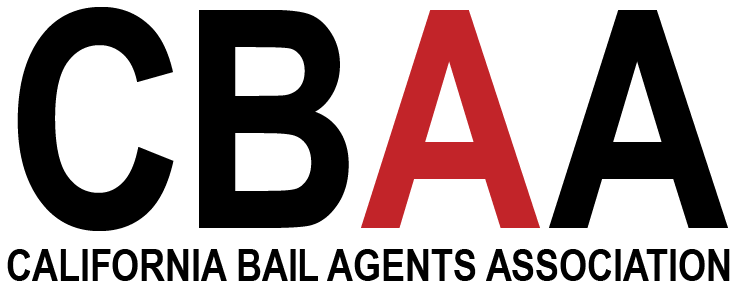
The Art of Justifying Your Methodological Choices
Strategies for Justifying Your Methodological Choices
In the world of academic research, the research design section is much more than a simple description of what you did. It is a persuasive justification for the selections you made. The gap between a adequate study and an exceptional one often lies not in the methods themselves, but in the strength of the reasoning behind them. Mastering the art of justifying your methodological choices is hence a fundamental skill for any researcher. This article outlines the strategies for effectively defending the logic that underpins your methodological approach.
1. Anchor Your Choices in Your Research Questions
The fundamental principle of justification is coherence. Every methodological choice must be clearly and logically linked to your problem statement. The rationale should always start with the phrase: “This approach was chosen because it is the optimal way to investigate research question X.” For example, if your question seeks to understand lived experiences, you would justify qualitative interviews by stating that it provides rich, narrative data that a quantitative method could not capture. The reverse is also true; a large-N survey is justified for questions requiring statistical evidence. Your methods are the tools to solve your questions; you must prove they are the right tools for the job.
2. Engage with the Scholarly Conversation
Your justification should not exist in a vacuum. It must be situated in the previous research of your field. This means going beyond a simple citation; it requires active engagement. Justify your choices by demonstrating how they respond to established methodological traditions in your discipline. You can:
- Using Validated Instruments: “The [X] scale was used because it is a well-established instrument with demonstrated reliability and validity, as shown in the work of Smith et al. (2020).”
- Addressing a Methodological Gap: “While previous studies have relied solely on surveys, this study employs a mixed-methods approach to provide deeper context behind the statistical trends identified by previous scholars.”
- Aligning with a Paradigm: “A case study design was selected as it is consistent with investigating complex social phenomena in [your field], as advocated by leading theorists like [Theorist Name].”
This demonstrates that your choices are informed but are instead a considered response to the existing body of knowledge.
3. Show You Considered Other Options
A powerful way to strengthen your justification is to explicitly acknowledge alternative methods you might have used and then explain why you did not choose them in favor of your chosen approach. This serves a dual purpose: it demonstrates your audience that you are knowledgeable of the range of options and that your decision was made after careful consideration. For example: “While a quantitative survey could have tested for correlation, it was deemed inappropriate for this study as it would not have allowed for the depth of inquiry required to answer the ‘how’ and ‘why’ of the research questions. Therefore, a in-depth approach was selected.” This preempts potential criticisms from your readers, making your argument stronger.
4. Justify Logistics Without Apology
Research is often shaped by practical limitations such as resources, funding, and participant availability. It is necessary to incorporate these into your justification, but the key is to present them strategically but as boundaries that shaped a still-rigorous design. For example, state: “Given the exploratory nature of this study, a purposive sampling strategy was employed to ensure access to information-rich cases who could provide the deep insights required, rather than aiming for statistical representativeness.” Or, “Virtual interviews were utilized to maximize participant reach while still collecting robust data.” This shows you have designed your approach within real-world constraints without compromising scholarly value.
5. Weave a Cohesive Narrative
The most effective justifications integrate all the above elements into a single, cohesive narrative. This narrative thread should run from your research philosophy (e.g., interpretivism) to your broad design (e.g., case study) to your specific methods (e.g., semi-structured interviews) and finally to your analysis techniques (e.g., thematic analysis). Each step should naturally lead to the next. Your justification should read: “Because this study is grounded in an interpretivist paradigm that seeks to explore multiple realities, a qualitative design was adopted. This design best supports the research questions aiming to explore lived experience. Within this design, participant observation were selected as the primary data collection method to capture behavior in context. The data was then analyzed using thematic analysis to develop theories across the rich dataset.” This creates an powerful logic that is highly persuasive.
In Summary: The Reason Behind the Research
Justifying your methodology is an active process. It is the core argument of your research’s credibility. It transforms your methodology chapter from a dry recounting of events into a compelling academic argument for the trustworthiness of your entire project. By anchoring your choices in your questions, engaging with the literature, thoughtfully rejecting alternatives, Ignou solved assignment addressing practicalities, and creating a cohesive narrative, you demonstrate more than just what you did—you demonstrate why it was the most scholarly thing to do. This critical exercise in defense ultimately ensures that your readers, reviewers, and examiners will not just see your process, but will believe in your results.

